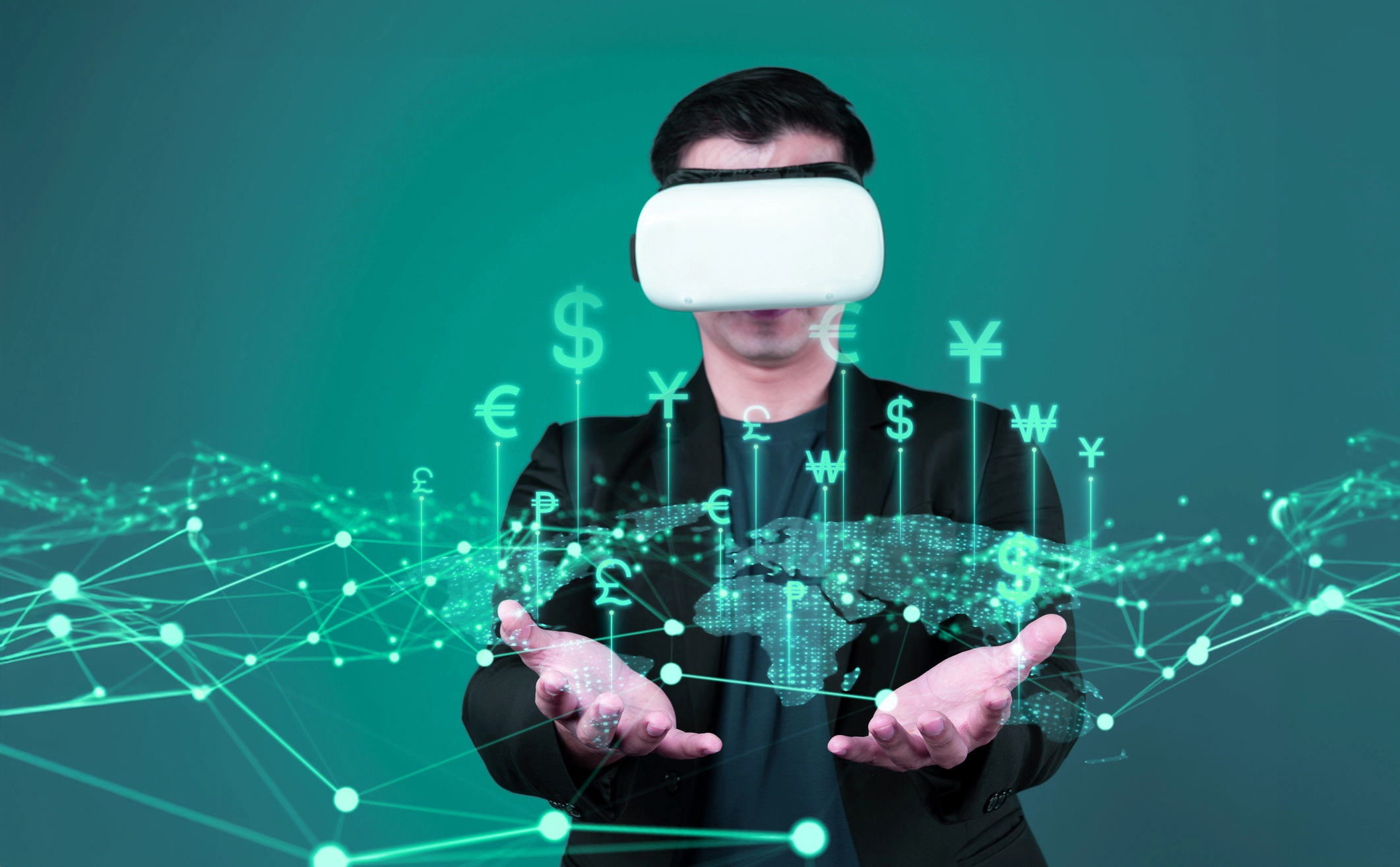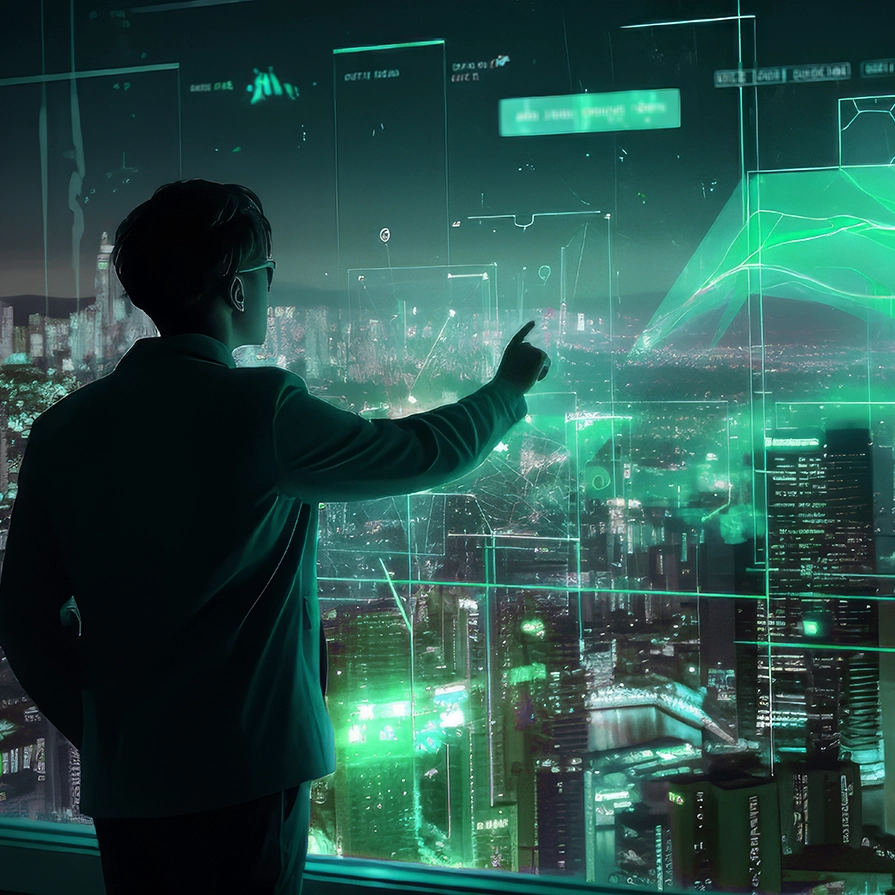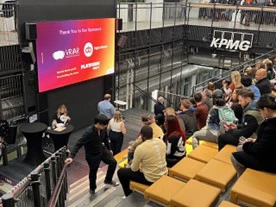
Learning is one of the fundamental human experiences that shapes who we are. Whether or not you passively or actively engage in the process, we are ALWAYS learning. Our years at different levels of schooling revolved around learning. Training for a new job or with an experienced co-worker is all about learning. We look up information that we don’t know on our mobile phones to learn. Even when you do something incorrectly, you can learn through failure about how to perform better next time.
Businesses and educational institutes harness different tools and platforms for learning. For these organizations, learning is an investment in its people; effective and engaging learning will improve people’s ability to perform their jobs. Survey any high-functioning and positively rated organization, and you will find an effective learning and development (L&D) program that provides their employees with tools and knowledge to be their best.
There is another major investment that goes into an effective L&D program, however: money. And, unfortunately, L&D budgets are rarely bottomless.
Historically, advances in technology are associated with a high price tag. Want to pick up the newest advancement in electric vehicles, computers, or gaming consoles? You’re probably going to have to pay a premium.
At least, initially.
Technology is moving quicker and quicker, and as such it means that the tech can quickly become more compact and more affordable. Buying a cellular mobile phone in the 1980s would set you back thousands of dollars, but now they are affordable enough for most people to own and use on a daily basis.
Extended reality (XR) devices and platforms have followed a similar path. The earliest virtual reality experiments were taking place as long ago as the 1960s, but commercial VR devices have only really become viable options over the past 15 years. Currently, an industry-standard VR headset costs about as much as a low-to-mid range flat screen television. Augmented reality (AR) applications can run on almost any smartphone with an internet connection. And mixed reality (MR) capabilities are becoming more and more affordable as the technology evolves.
The barrier of entry into XR has never been lower, but you still need an application to use it with. You can buy games for entertainment and play online with and against friends. You can use application for virtual meetings to connect and share ideas with others across the globe.
You can also use it to learn.
At this point, you may be wondering, “So, if a learning program costs money, and XR devices and applications cost money to buy and develop, when does the saving money part come in?”
First, it is important to know one thing. Better technology does NOT equal better learning. A great, impactful computer-based training module for a new employee orientation is not improved by being ported into a VR headset; it just means that you experience it a different (and potentially more inconvenient) way.
Developing an XR learning module will include upfront costs, and those costs will generally be greater than creating a similar module in an e-learning platform such as Articulate Storyline or Rise. For an XR learning program to save you money, it must do so over the long term.
So, let’s talk about a few instances where these long-term savings can occur by utilizing XR learning.
Replacing Other Training Expenses
The role of using simulations for learning can be incredibly important, especially when preparing learners for real-life situations that are difficult or expensive to replicate. The health care industry is a great example of this, where training must be provided in hospitals and care facilities, and to future practitioners in post-secondary institutions. Prosthetic mannequins with proper anatomical functions and technological enhancements have been manufactured for years. You can practice drawing blood, assessing symptoms, and even performing births on realistic prosthetic “patients”. It’s an impressive array of equipment and tools that, unfortunately, come at a high cost.
TLN’s PatientAssessment VR module was created with this sector in mind. In collaboration with the Bow Valley College (BVC) Practical Nursing program in Calgary, AB, PatientAssessment was developed to be utilized by nursing instructors and students during the early stages of their diploma program. Leaners can interact with and assess virtual patients that may exhibit different symptoms related to lung, cardiovascular, and EENT ailments and conditions. This learning can then be applied at a higher level, with a “randomized” mode where they are not prompted with a specific type of ailment or condition. They must rely on their learning and findings to properly diagnose their virtual patient.
For BVC, PatientAssessment VR doesn’t eliminate their use of the simulation mannequins; they are still used for a student’s final assessments. It does, however, greatly reduce the “wear and tear” that these expensive prosthetics would endure over the course of many semesters worth of formative training.
Replacing Time and Operational Costs
Indirect costs of certain kinds of training can add up very quickly. Heavy industries such as mining, energy, and construction all utilize massive vehicles and pieces of equipment that are complicated and carry large potential safety hazards and risks that must be mitigated and require training prior to work. Often, the only way to train a new employee about these safety risks had been to take the equipment out of operation and take people through in-person training sessions on the equipment. This meant that companies would lose the money that is generated by having the machines in service, which can add up to tens and even hundreds of thousands of dollars.
XR training solutions that can substitute for this kind of in-person training can be massively valuable. Not only does it take away the need to have the equipment out of service, but the training can be repeated as many times as needed and provided more frequently.
TLN’s Heavy Equipment Inspection System (HEIS) is a perfect example of this. It offers a huge return on investment in terms of cost savings to companies training employees on how to inspect large cranes, shovels, and other pieces of equipment. And that ROI only grows over time. Even if you factor in the costs associated with potential updates to the VR module in the future, the money that is saved over time remains significant.
Replacing Logistical Costs
Certain kinds of training sessions require a “hands-on” component, and often these types of sessions have a lot of logistical requirements: training spaces must be rented or sourced, teaching materials must be purchased, and often tools are required to be on-hand for people to train on. On rare occasions, companies have these resources set up and ready whenever needed. But there are always the costs of people’s time.
I have previously spoken about another TLN VR product, FireWise, and how it mitigates so much of the logistical costs associated with fire extinguisher training. It is much easier to schedule time for learners to work through, as it is as simple as logging into the VR headset and starting the module. “Time is money”, as the old saying goes, and XR learning modules such as FireWise work to save a lot of the time that would usually go into the planning and logistics of training.
There are certainly other examples of situations where an XR learning program or platform would save money for an organization, and the whole idea behind this school of thought is to take a proactive, future-focused perspective. Admittedly, this is not always easy to do when it comes to budgets! But these opportunities are out there, and it is worth considering what your organization might gain (or save) over time by embracing XR as part of your learning and development program.
If you would like to engage with our experts at TLN about XR training, or any other type of effective learning solution, please reach out to us or check out learning.net.
Leave a comment
You must be logged in to post a comment.




